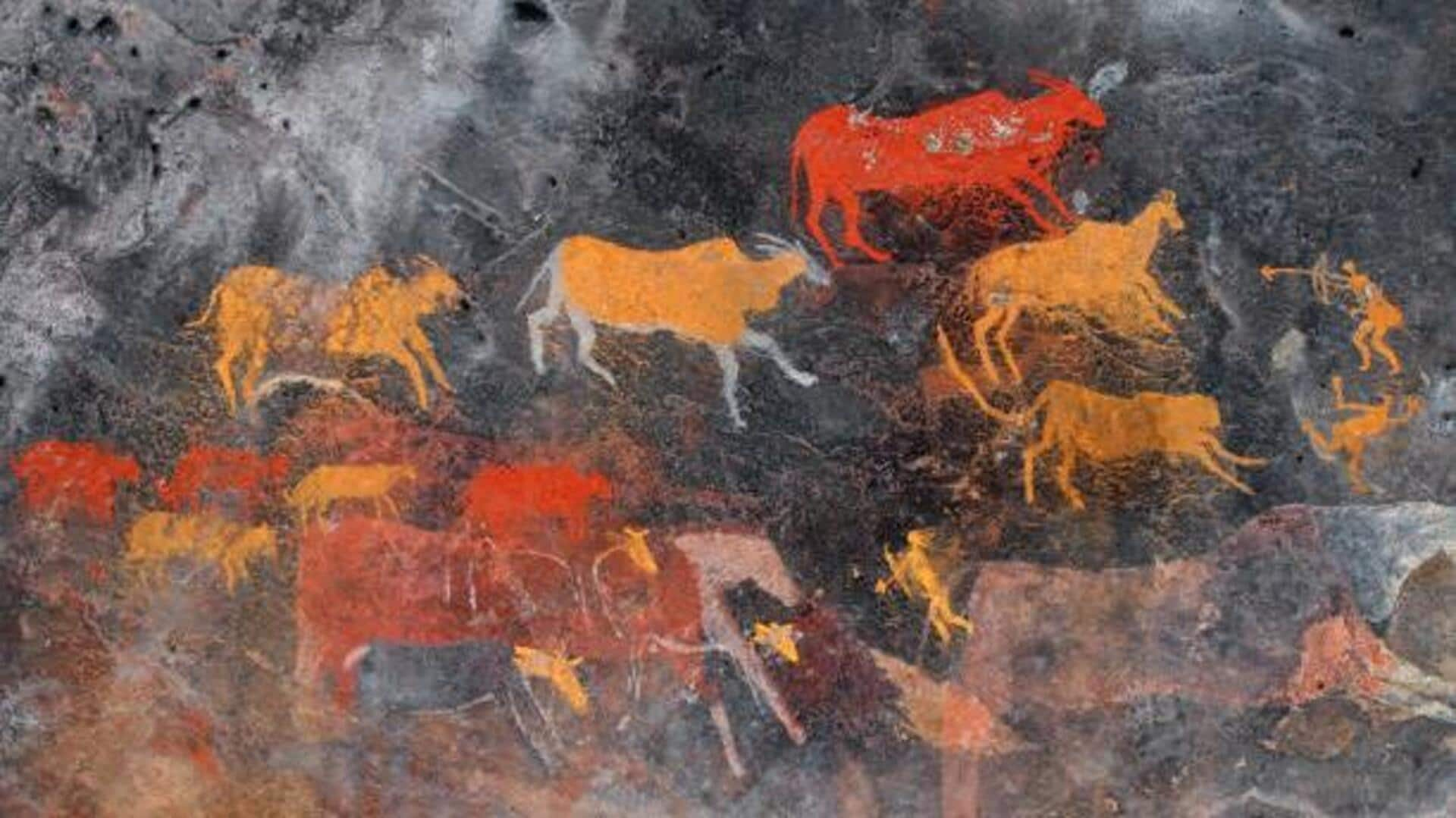
Exploring the colors used in ancient cave art
What's the story
African cave paintings are a window into the lives and cultures of ancient communities. The artworks, spread across the continent, are rich in symbolism and meaning. The color used in these paintings is particularly significant, as it reflects the materials available to early artists and their cultural significance. By studying these colors, we can gain insights into the societies that created them and how they communicated through art.
#1
Natural pigments utilized
The colors used in African cave paintings came from nature's palette. Red ochre was a popular choice because it was readily available and could easily be extracted from iron-rich soils. White was usually extracted from kaolin clay or chalk, and black from charcoal or manganese oxide. Yellow pigments were obtained from limonite or other iron oxides. These natural materials offered a limited yet effective palette for early artists.
#2
Symbolic meanings of colors
Similarly, colors used in African cave paintings also had cultural meanings. Red could symbolize life or fertility since it was associated with blood, while white might have stood for purity or the spiritual world. Black was sometimes associated with death or the unknown, due to its use in painting shadowy figures or night scenes. Knowing these meanings helps us decode the stories told in these ancient artworks.
#3
Techniques for applying colors
Artists used several techniques to apply colors onto rock surfaces effectively. Brushes made from animal hair or plant fibers allowed for detailed work, whereas fingers were used for broader strokes and smudging effects. Some artists even mixed pigments with binders like plant sap to enhance adhesion on rough surfaces. These methods ensured their vibrant depictions endured over time despite exposure to environmental elements.
#4
Preservation challenges faced today
Preserving African cave paintings is no easy task, as they're naturally worn away and also vandalized or damaged by tourists. That's why archaeologists and conservationists worldwide are not just working to protect these sites, but also documenting them in detail with advanced technologies such as 3D scanning before they further deteriorate—so that future generations can enjoy this priceless cultural heritage without losing detail over time.